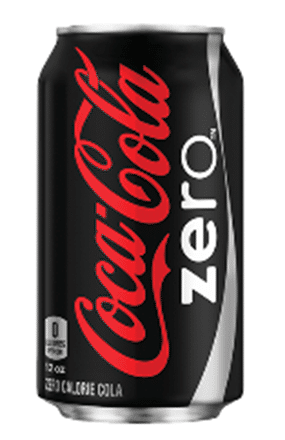Originally posted on July 17, 2017 @ 8:42 AM
Selective and Slow Harm is not Zero Harm
 Every time I go onto a zero harm site it is interesting to see what they stock in vending machines and what language is spoken on site about selective methods of harm. The three most culturally accepted substances of harm are sugar, salt and alcohol. The consumption of these substances is culturally endorsed on every zero harm site I have visited. Indeed, because these substances are culturally accepted they don’t even come on the radar when assessing or thinking about harm. Whenever the topic of substance abuse comes up these three are omitted and only ‘hard’ drugs make the cut. It is such inconsistencies that make the language of ‘zero harm’ non-sense. So, we ban Stanley knives for cut fingers (https://vimeo.com/163499152) but feeding toxins (http://time.com/4087775/sugar-is-definitely-toxic-a-new-study-says/; https://blogs.scientificamerican.com/brainwaves/is-sugar-really-toxic-sifting-through-the-evidence/ ) into the bodies of workers over time is zero harm.
Every time I go onto a zero harm site it is interesting to see what they stock in vending machines and what language is spoken on site about selective methods of harm. The three most culturally accepted substances of harm are sugar, salt and alcohol. The consumption of these substances is culturally endorsed on every zero harm site I have visited. Indeed, because these substances are culturally accepted they don’t even come on the radar when assessing or thinking about harm. Whenever the topic of substance abuse comes up these three are omitted and only ‘hard’ drugs make the cut. It is such inconsistencies that make the language of ‘zero harm’ non-sense. So, we ban Stanley knives for cut fingers (https://vimeo.com/163499152) but feeding toxins (http://time.com/4087775/sugar-is-definitely-toxic-a-new-study-says/; https://blogs.scientificamerican.com/brainwaves/is-sugar-really-toxic-sifting-through-the-evidence/ ) into the bodies of workers over time is zero harm.
8. Deepwater Horizon from Human Dymensions on Vimeo.

The cultural acceptance of alcohol is considered part of the Australian legend. To attack any sacred substance is tantamount to being unAustralian. My brother conducts funerals every week in Kings Cross and he cites alcohol as the greatest scourge on society. According to his experience at the Wayside Chapel (https://www.thewaysidechapel.com/) most of the funerals he conducts the cause of death is not hard narcotics but alcohol.
A recent case in point is the problem with binge drinking at Universities.
https://www.theguardian.com/society/2017/jul/12/healthy-drinking-app-for-uni-students-likened-to-nagging-cyber-parent?CMP=Share_iOSApp_Other. What is quite remarkable is that people actually think one can remedy a cultural problem with an app? Just make an app that tells people they are at risk and unsafe and they will stop harming themselves, wonderful. Sounds like Worksafe thought up that one. Didn’t you know ‘safety is choice you make’.
Why is it that the nonsense of behaviourism continues to linger in the airwaves when we know it doesn’t work? People are not the sum of inputs and outputs. All values compete and the power of motivation to belong far outweighs any personal sense of well-being. Only Safety believes that all decision making is a rational conscious process. Meanwhile the rest of us know that 95% of all decision making is non-rational and unconscious (https://vimeo.com/106770292 ). What a shame that Kahneman developed a binary model of understanding thinking. No wonder safety is so attracted to it.
One Brain Three Minds from Human Dymensions on Vimeo.
Why is it that Safety continues to address cultural problems with non-cultural solutions? (Perhaps because it mis-defines culture). For example, if there is a problem of suicide in the rail corridor, it seems much easier to construct an unethical marketing campaign (Dumb Ways to Die) than to actually tackle a difficult cultural problem. Then when it doesn’t work, brag about the number of hits it gets on the internet, then keep vending machines full of sugar and salt on railway stations because Safety only counts accidental harm not intentional harm, slow harm or selective harm.



Do you have any thoughts? Please share them below